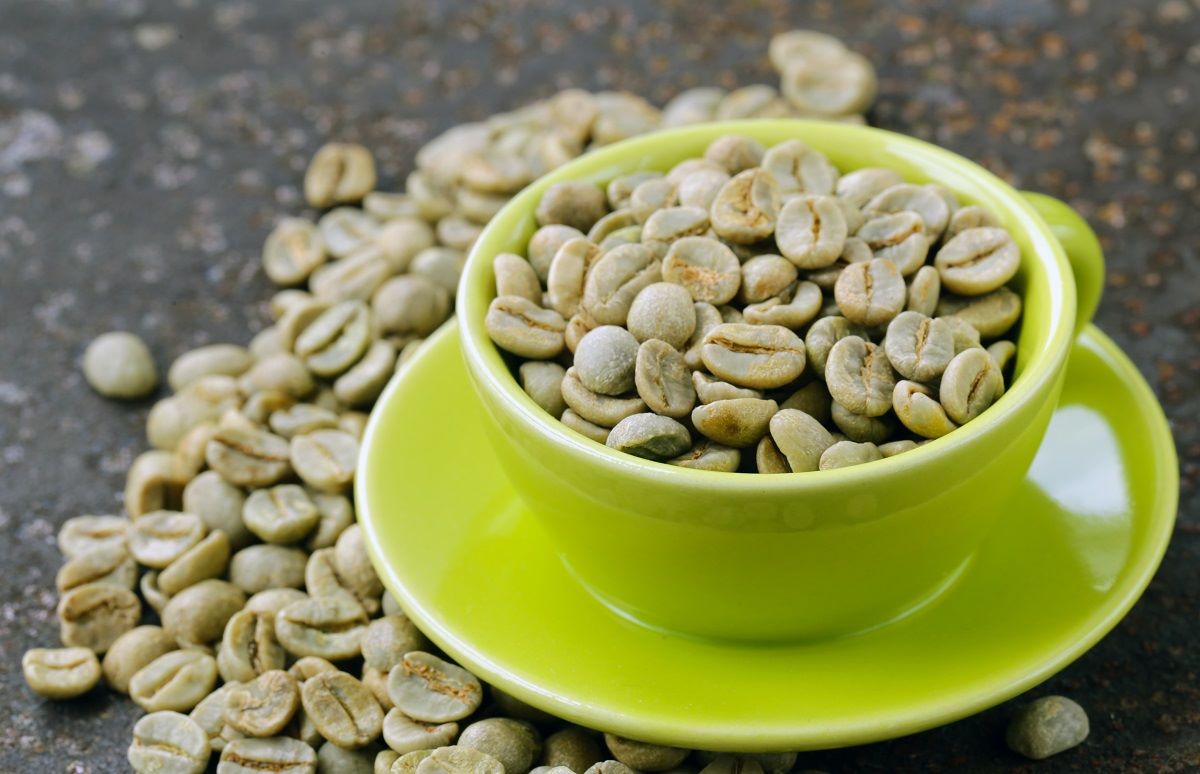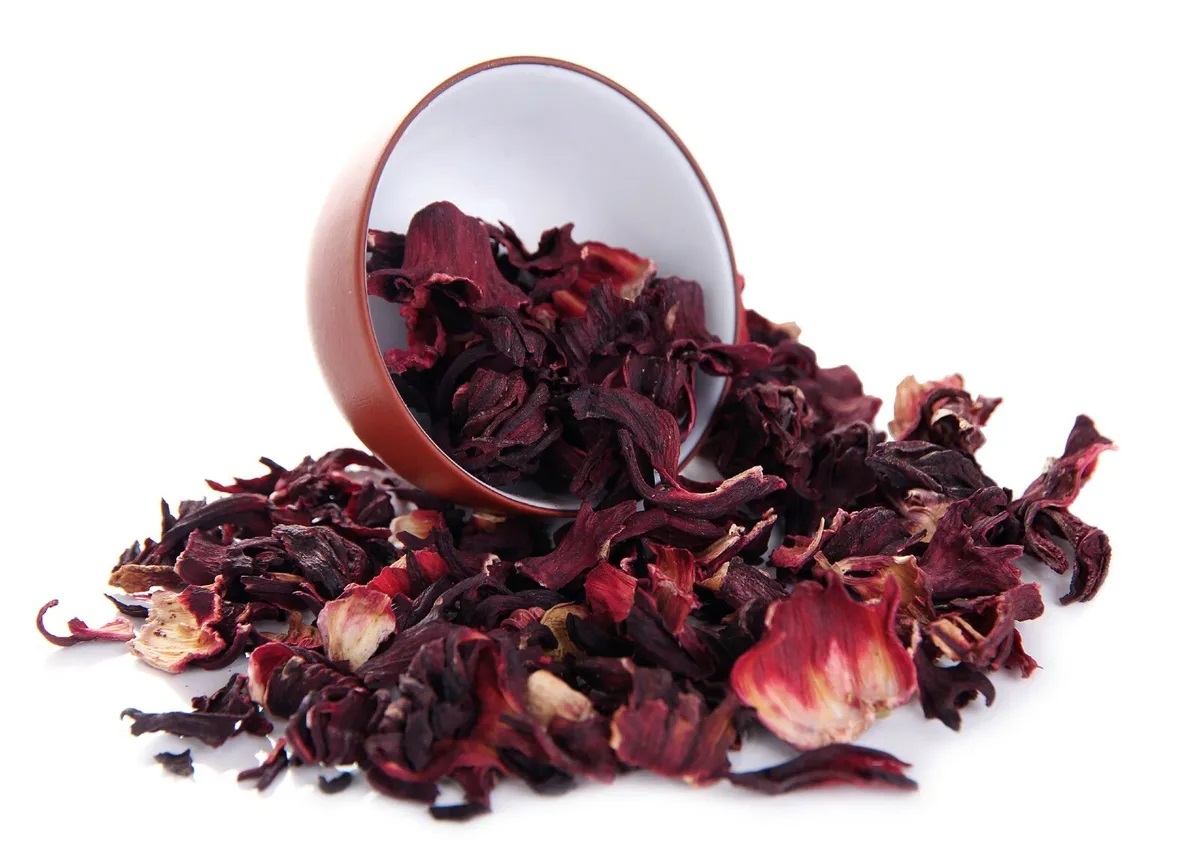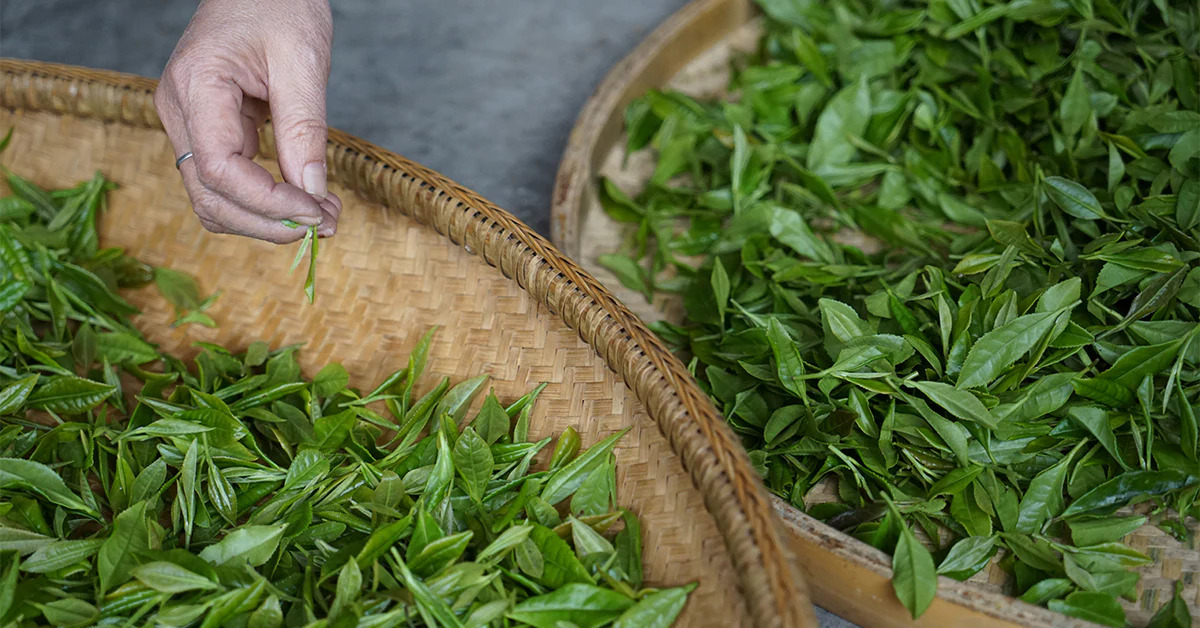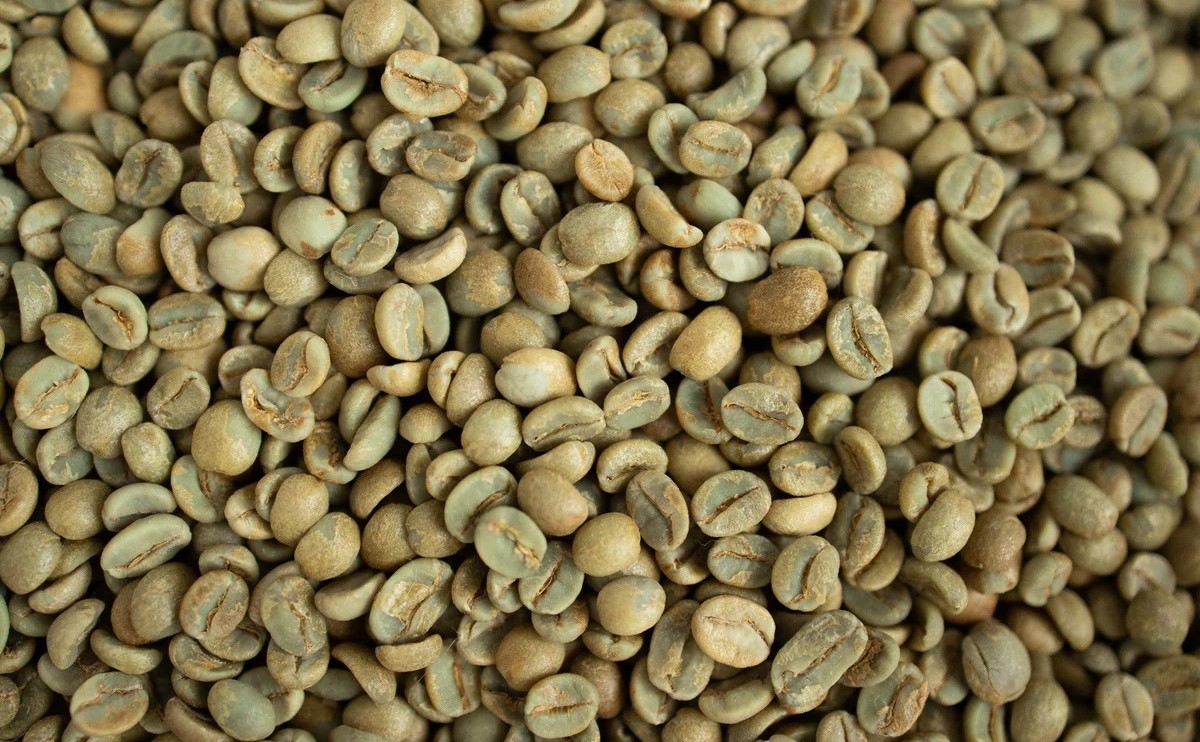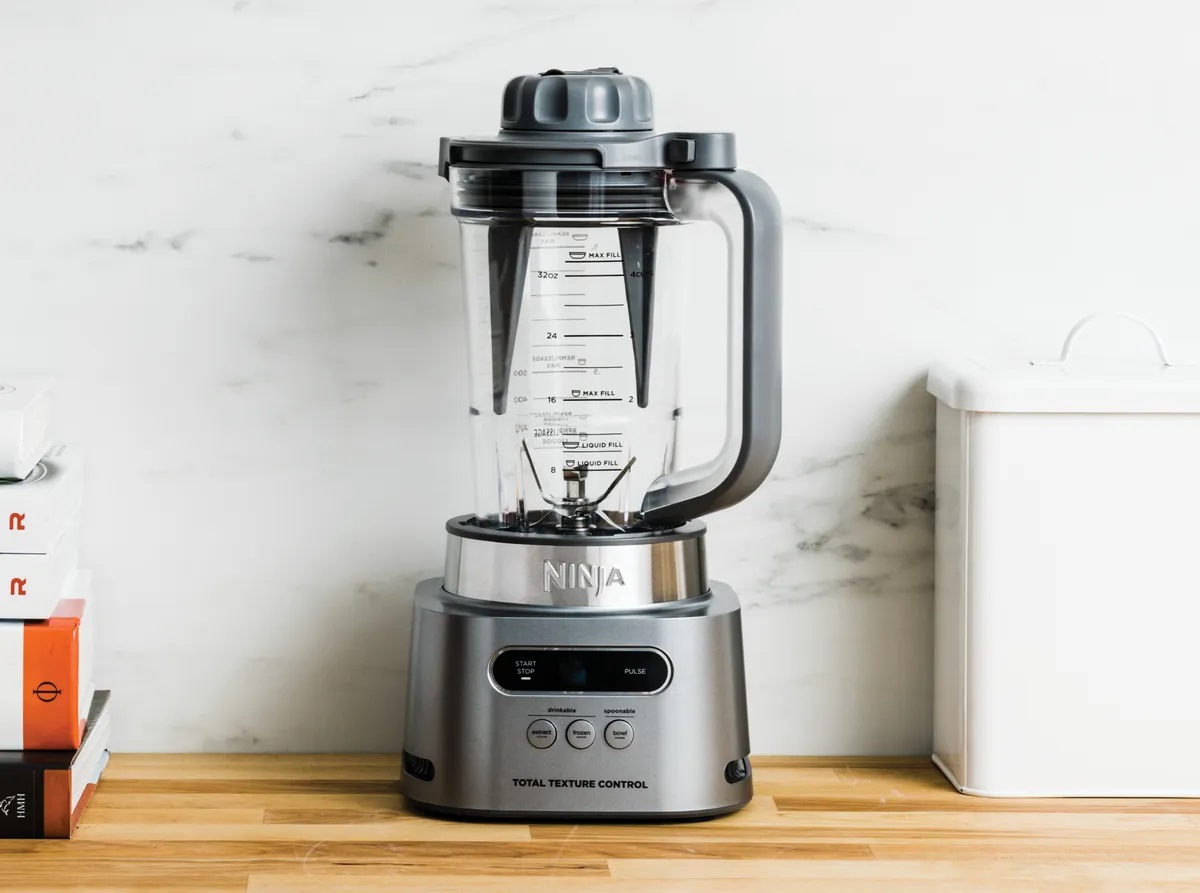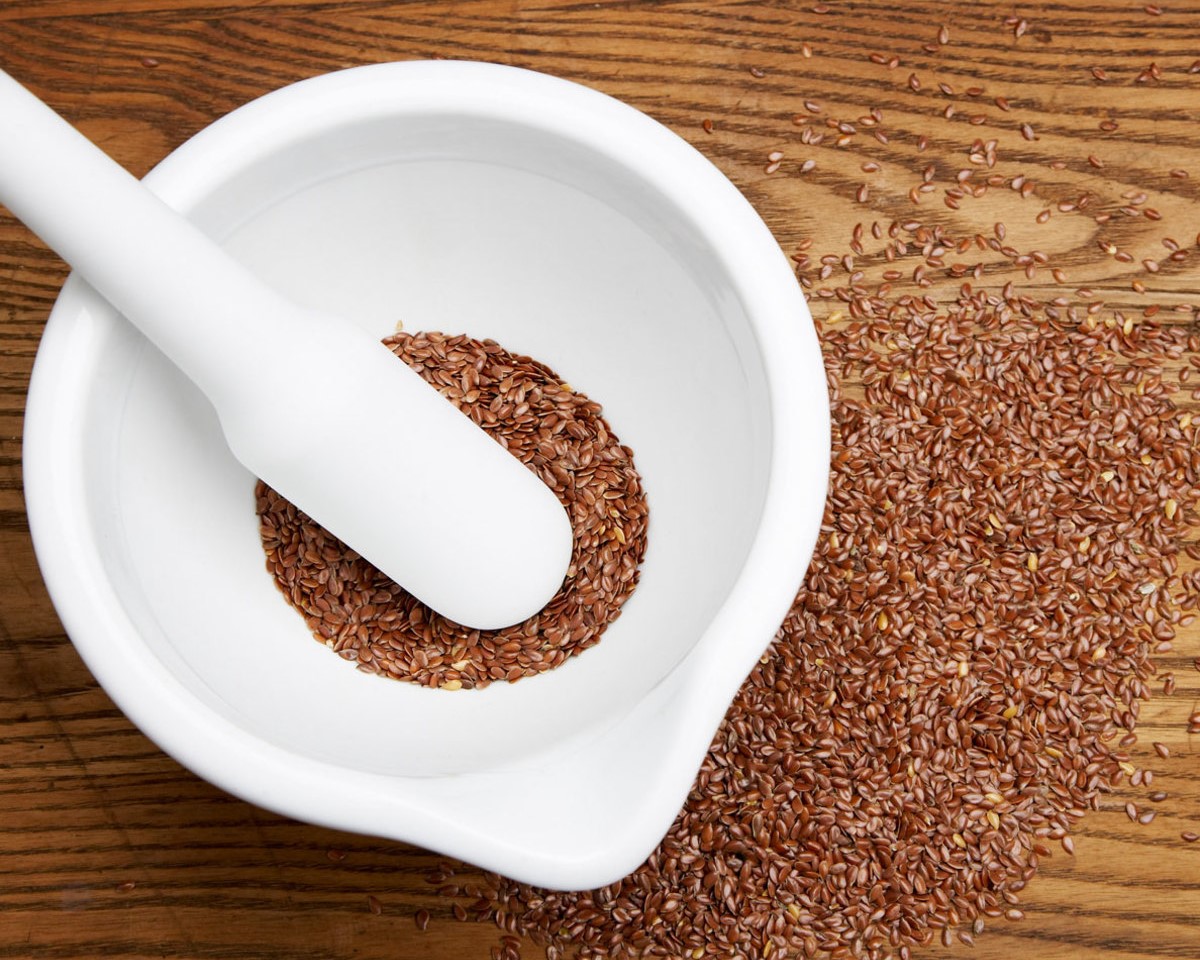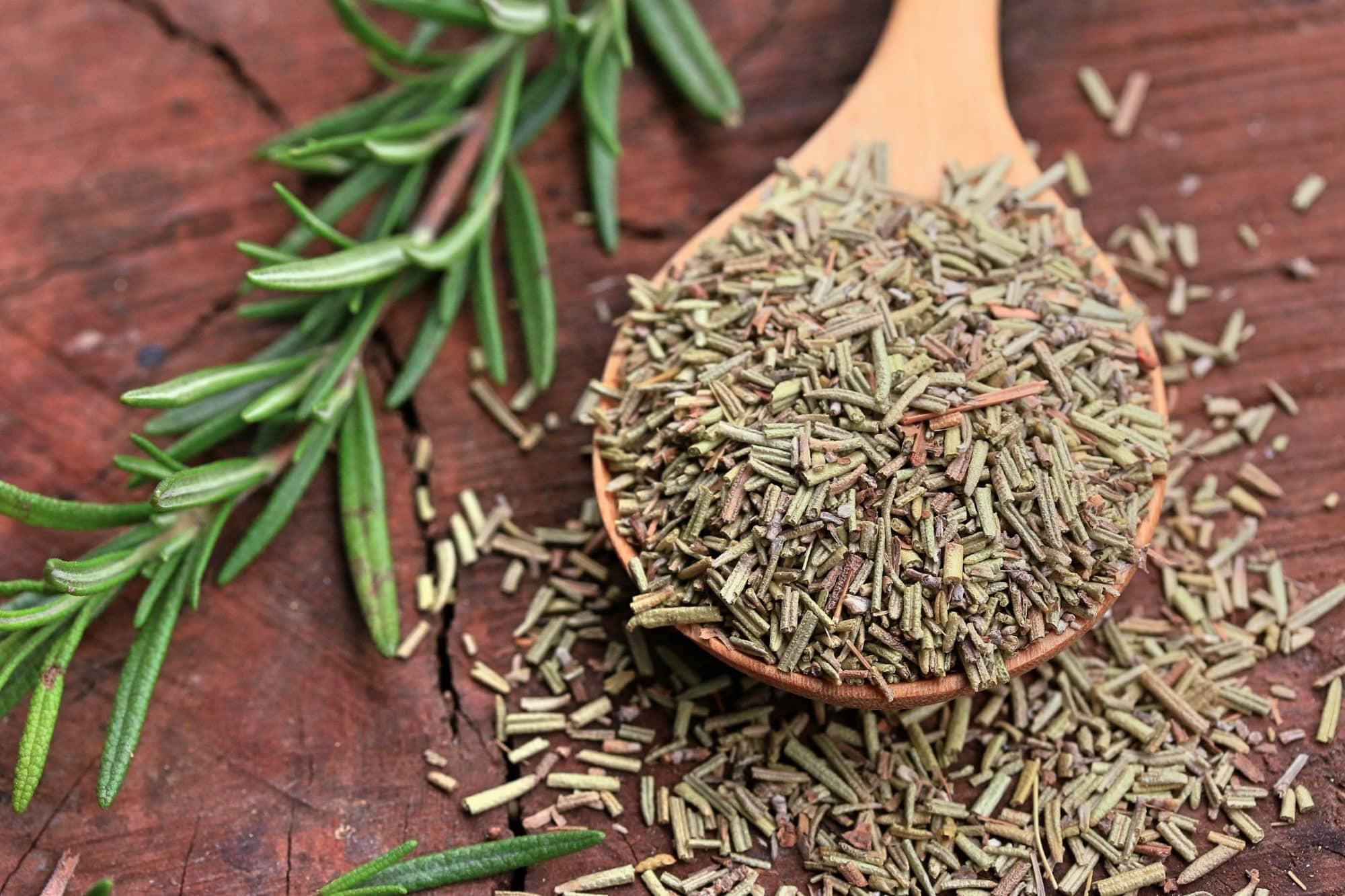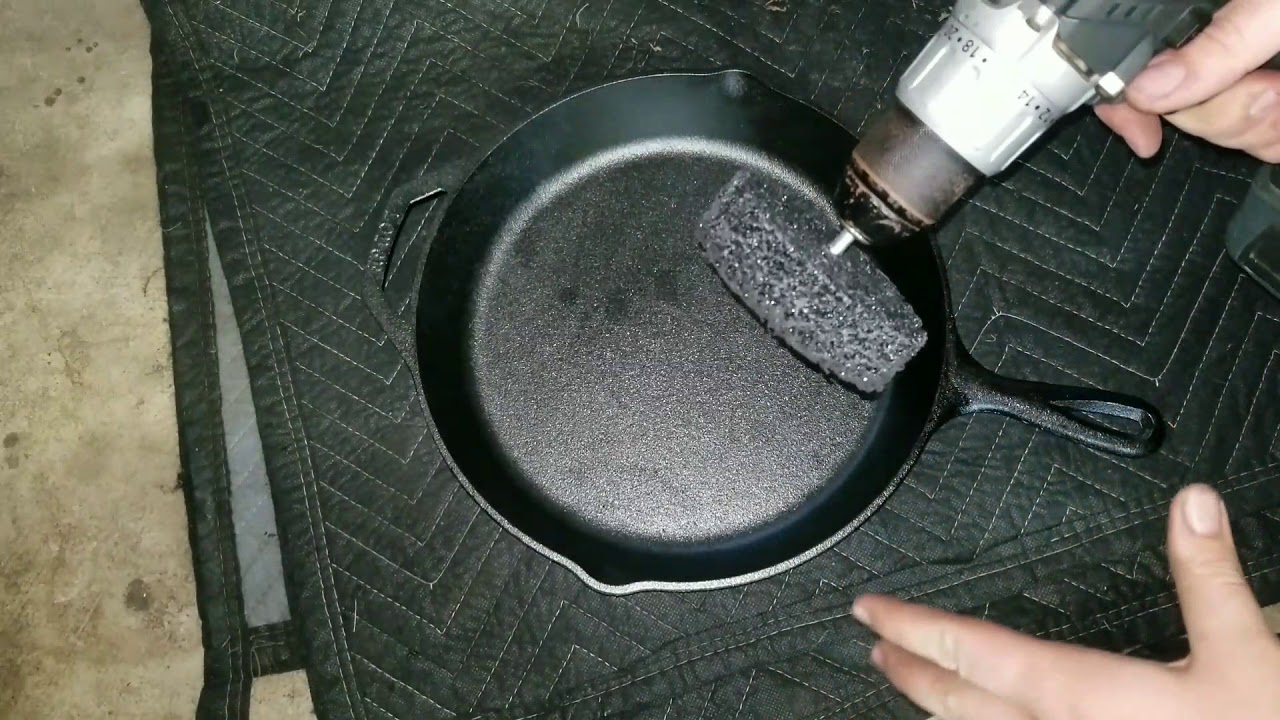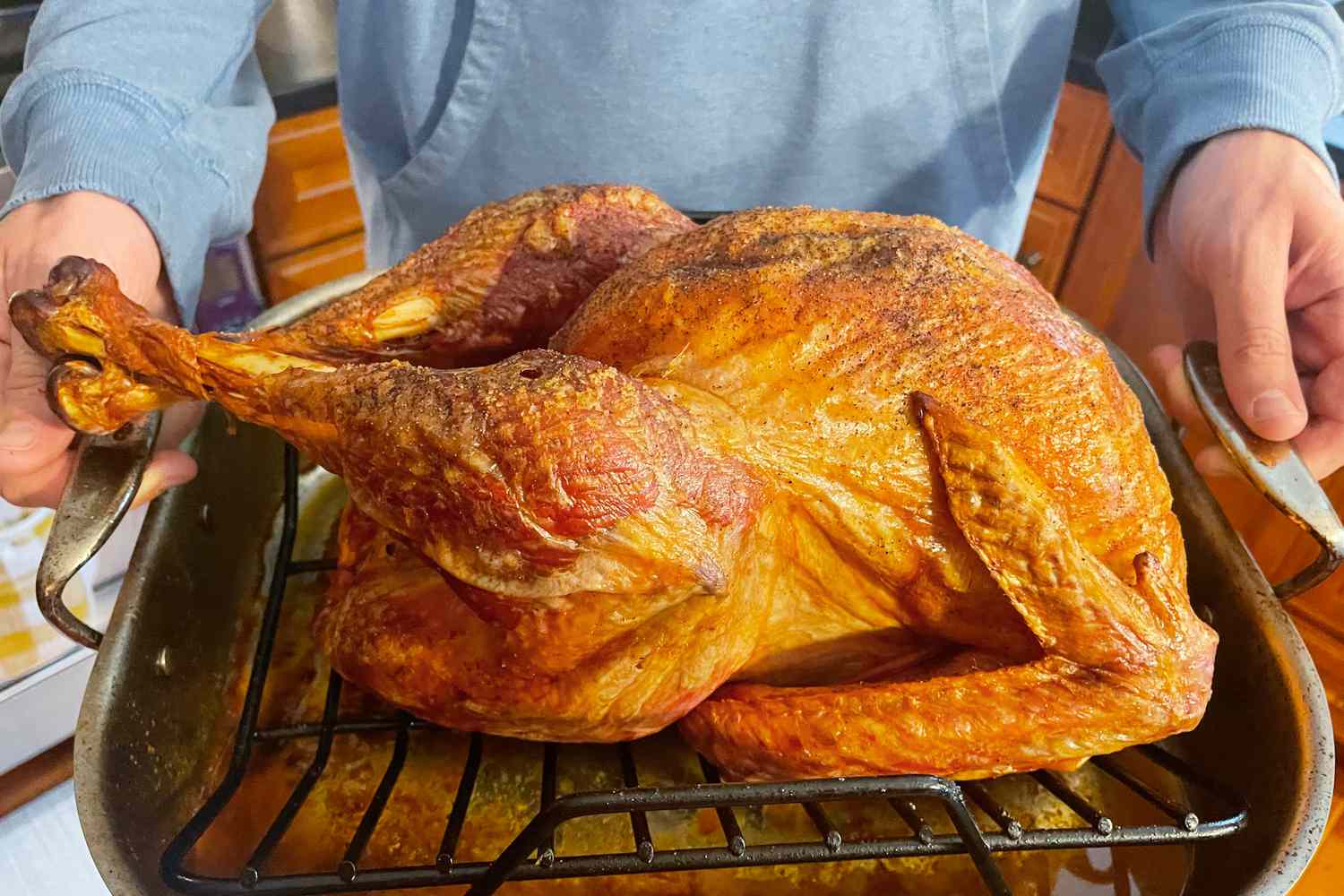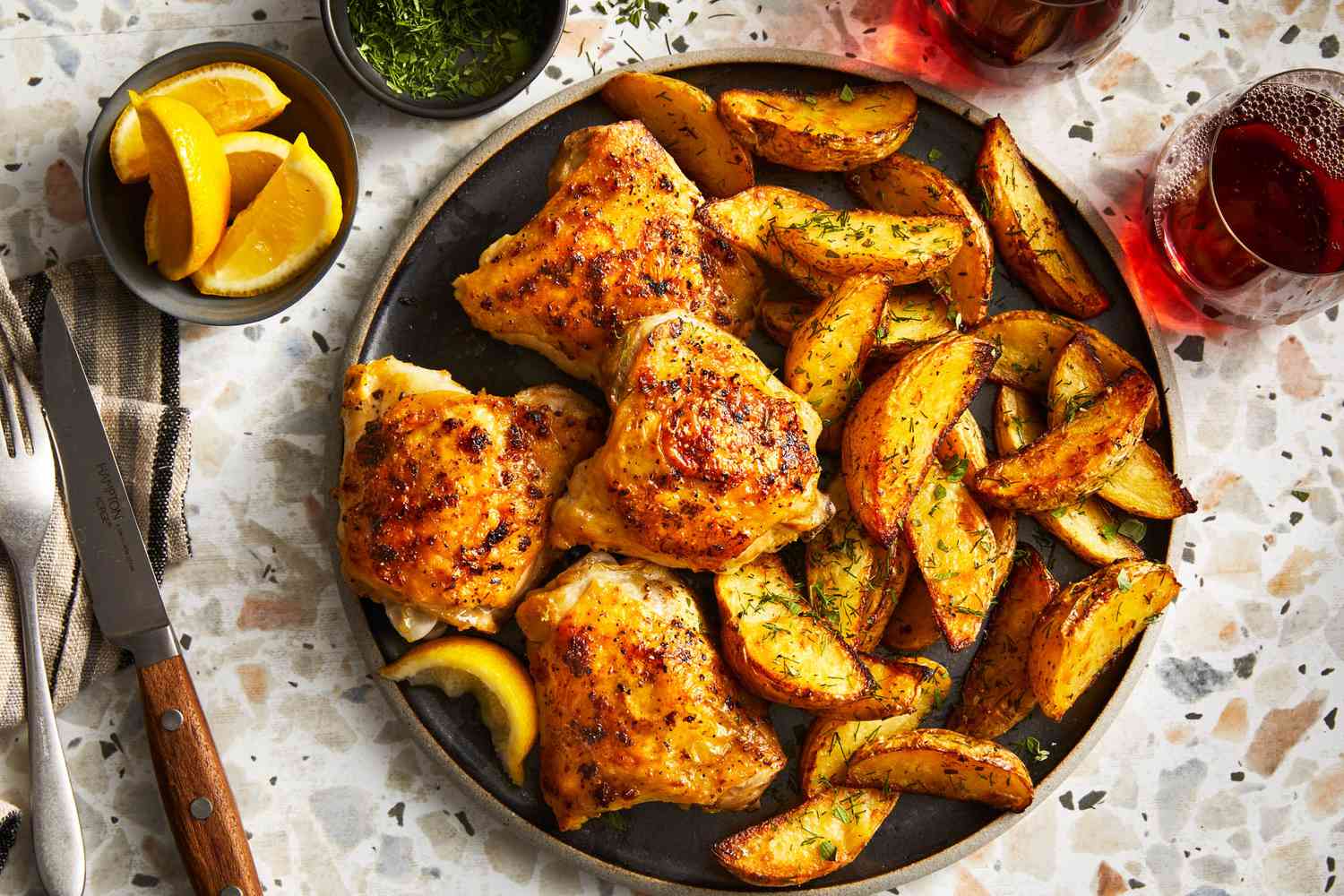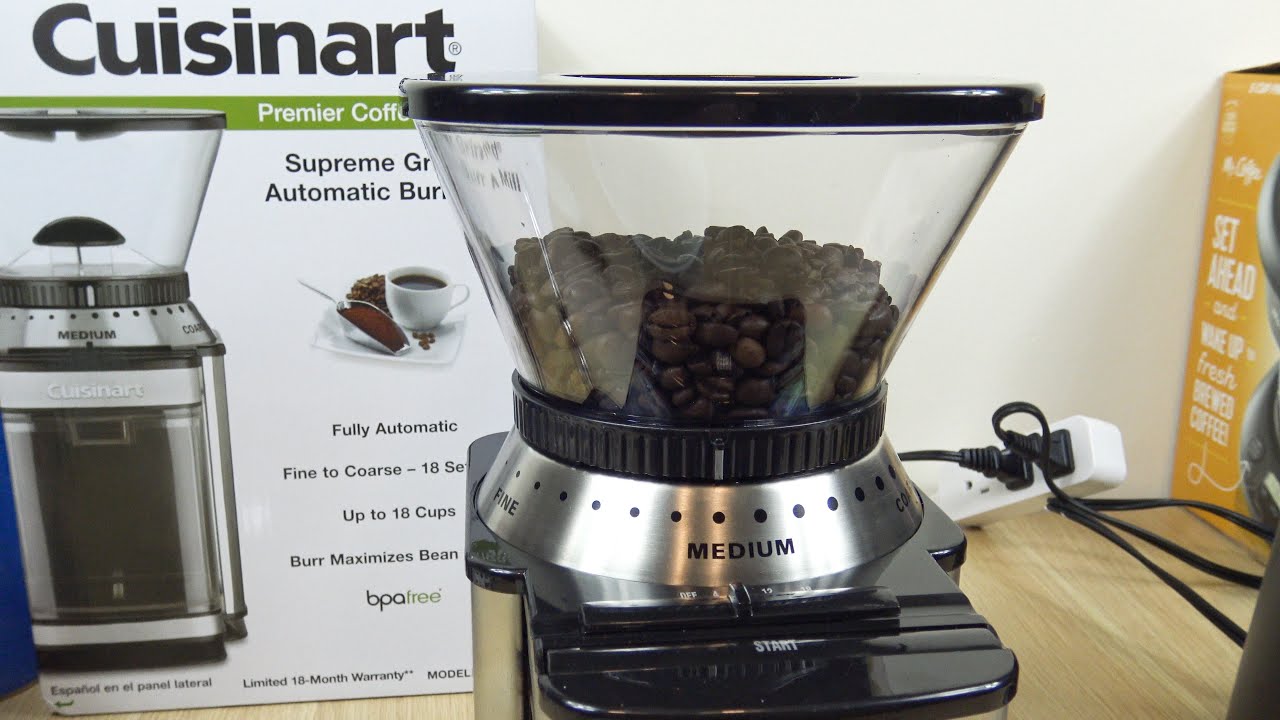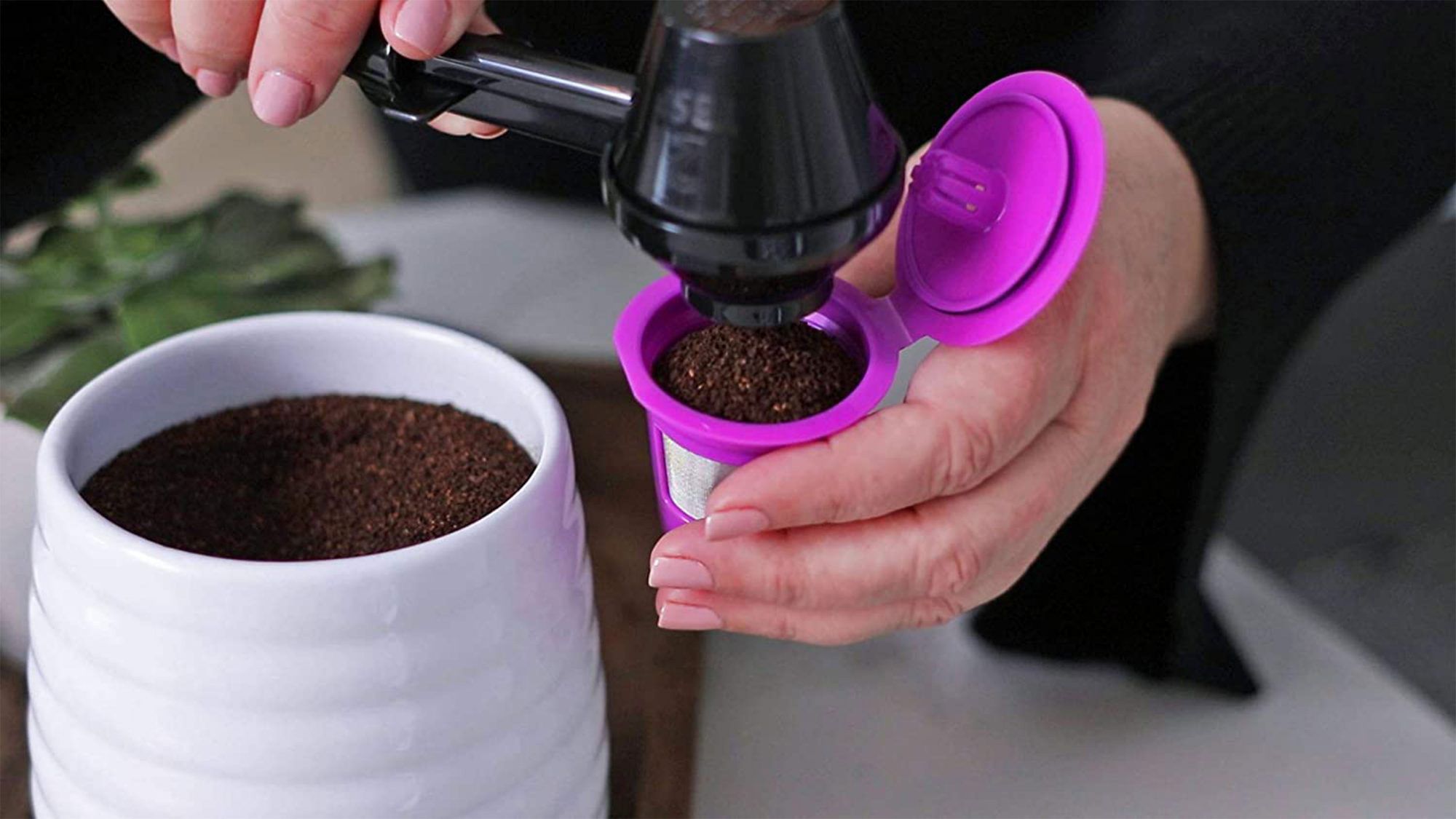Grinding green tea leaves into a fine powder opens up a world of culinary possibilities. From enhancing smoothies with a burst of antioxidants to giving baked goods a subtle, earthy flavor, this technique is simple yet transformative. Whether you're using a traditional stone mill or a modern electric grinder, the key lies in selecting quality leaves and adjusting the grind to suit your recipe's needs. Perfecting the art of grinding green tea not only elevates your cooking but also invites a touch of tradition into your kitchen, making every sip and bite a richer experience.
Essential Ingredients for Grinding Green Tea
- Green tea leaves (preferably high-quality Sencha or Gyokuro)
- Grinder (a coffee grinder works, but a stone mill is ideal for authentic results)
- Sifter or fine mesh strainer
- Bowl
- Spoon or spatula for transferring the powder
Necessary Tools for Perfectly Ground Green Tea
- Coffee or Spice Grinder
- Mortar and Pestle
- Fine Mesh Sieve
- Air-tight Container for Storage
Grinding green tea into powder requires a clean, dry grinder. Pulse briefly to avoid overheating, which can alter flavor. Sift powder to remove larger particles for a finer texture.
The Benefits of Grinding Your Own Green Tea
Grinding green tea leaves into a fine powder is a technique that maximizes health benefits. This method increases the surface area, allowing for better extraction of antioxidants, vitamins, and minerals during brewing. Essentially, you're getting a concentrated dose of green tea's goodness in every sip.
This process also enhances the flavor profile of green tea. By grinding the leaves, you release more of the natural oils and compounds responsible for the tea's taste and aroma. This results in a richer, more vibrant cup of tea that's both delicious and nutritious.
A Step-by-Step Guide to Grinding Green Tea
Step by Step Guide: How To Grind Green Tea Leaves
-
Selecting Leaves
- Choose high-quality green tea leaves for the best flavor. Fresh, whole leaves are preferable as they retain more oils and natural compounds.
-
Cleaning Equipment
- Ensure your grinder is clean and dry. Any moisture or residue from previous grinds can affect the flavor of your green tea powder.
-
Preparing Leaves
- If leaves are large, roughly chop them into smaller pieces. This helps in achieving a uniform grind.
-
Grinding Process
- Place green tea leaves into the grinder. Pulse in short bursts to prevent overheating, which can lead to a loss of flavor.
- Check the consistency after each pulse. Aim for a fine powder, similar to the texture of matcha.
-
Sifting Powder
- Use a fine mesh sieve to sift the ground tea. This removes any larger particles, ensuring a smooth powder.
- Re-grind any large particles left in the sieve.
-
Storing
- Transfer the green tea powder into an airtight container. Store in a cool, dark place to preserve its freshness and flavor.
-
Usage Tips
- Incorporate your homemade green tea powder into smoothies, baking, or as a traditional tea. Remember, a little goes a long way due to its concentrated flavor.
Mastering Your Matcha
Grinding green tea into matcha at home isn't just about turning leaves into powder. It's about embracing tradition, unlocking flavors, and personalizing your tea experience. With the right tools, a bit of patience, and a sprinkle of creativity, you can transform ordinary green tea leaves into a vibrant, flavorful matcha powder. Remember, the key to a perfect grind lies in choosing high-quality leaves, maintaining a consistent temperature, and using a grinder designed for the task. Whether you're a tea aficionado or a curious newcomer, making matcha at home is a rewarding journey into the heart of tea culture. So, grab your grinder, pick your leaves, and start your adventure into the world of homemade matcha. Who knows? You might just discover your new favorite ritual.
Recipes and Creative Uses for Ground Green Tea
Now that you've mastered the art of grinding green tea, it's time to put those skills to use in the kitchen with a variety of delectable recipes. From the delicate flavor of creamy green tea ice cream to the rich, indulgent rich matcha cheesecake, there's something to satisfy every palate. We highly recommend trying the delightful matcha pancakes for a unique breakfast twist, or the soothing matcha latte for a comforting beverage. Each recipe offers a splendid way to enjoy the vibrant taste and health benefits of green tea, making your culinary efforts not only enjoyable but also beneficial.
Common Questions About Grinding Green Tea
Can I grind green tea leaves into powder at home?
Absolutely! Grinding green tea leaves into a fine powder at home is totally doable. You'll just need a high-quality grinder or a traditional Japanese matcha mill for the best results. Make sure your leaves are completely dry to avoid clumping.
What's the best type of green tea for grinding?
For a truly vibrant and flavorful powder, ceremonial-grade matcha leaves are your best bet. These leaves are specially grown and processed for grinding, offering a richer taste and color. However, any high-quality green tea leaves can yield a good powder.
How fine should the powder be?
Ideally, you're aiming for a super fine, talc-like consistency. The finer your powder, the better it will dissolve in water, giving you that smooth, frothy texture matcha is famous for.
Can I use a regular coffee grinder?
Sure, a coffee grinder can work, but there's a catch. Coffee grinders might not get the powder fine enough, and they can also impart coffee flavors into your tea. If you're serious about your green tea, investing in a dedicated grinder is a wise choice.
How do I store my green tea powder?
Keeping your freshly ground green tea powder fresh is key. Store it in an airtight container, away from light, moisture, and strong odors. A cool, dark pantry or even the fridge can help preserve its vibrant color and delicate flavors.
Is grinding green tea leaves worth the effort?
For tea enthusiasts, absolutely! Grinding your own leaves ensures the freshest, most flavorful matcha experience. Plus, it allows you to experiment with different types of green tea, customizing the flavor to your liking.
What are the health benefits of ground green tea?
Ground green tea, especially matcha, is packed with antioxidants, which can help fight inflammation and support overall health. It's also a great source of natural energy, thanks to its combination of caffeine and L-theanine, which promotes alertness without the jitters.
